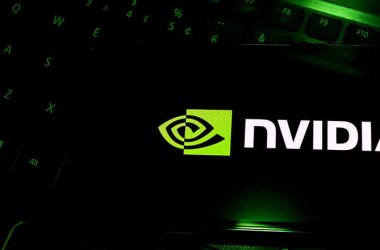
Nvidia recently announced their intent to invest roughly $100 billion in OpenAI to build out its AI infrastructure to train and run the next generation of models aimed at developing superintelligence.
The partnership will enable OpenAI to progressively build and deploy at least 10 gigawatts of AI data centres using Nvidia systems representing millions of GPUs.
The first gigawatt of Nvidia’s systems will be deployed in the second half of 2026 on the chipmaker’s Vera Rubin platform.
The AI heavyweights stated they will work closely as preferred strategic partners to co-optimise their hardware, software and infrastructure roadmaps while complementing existing collaborations with other major partners to advance AI infrastructure globally.
Analyst Jack Gold told Mobile World Live the partnership is not a big surprise given OpenAI is one of Nvidia’s biggest customers and most of its models run on its GPUs.
The two companies are among a consortium of tech giants who are building AI data centres as part of the Stargate AI project announced earlier this year.
“What’s interesting is that there is no real mention of timeframes and overall costs for the 10GW system,” Gold said. “If I were a sceptic, I might say this is another Stargate project, with a big announcement followed by scant details”.
Gold noted for Nvidia it “is not really such a major investment as it will be selling tens of thousands to millions of GPUs to OpenAI”, but he questioned where the funding for OpenAI’s build out will come from.
“But so far they have been able to get all the funding they’ve needed, even though they make very little revenues compared to the continued massive investments,” he said. “OpenAI must keep building out bigger and better AI data centres for their bigger models, and much of their work is focused on the high-end GPUs that Nvidia makes. For Nvidia, making sure they stay top of mind for the massive build out by OpenAI means they get to sell them their GPUs, but it is also good for their marketing”.
Recently Nvidia invested $5 billion in Intel.
Source: Mobile World Live
Image Credit: Nvidia





